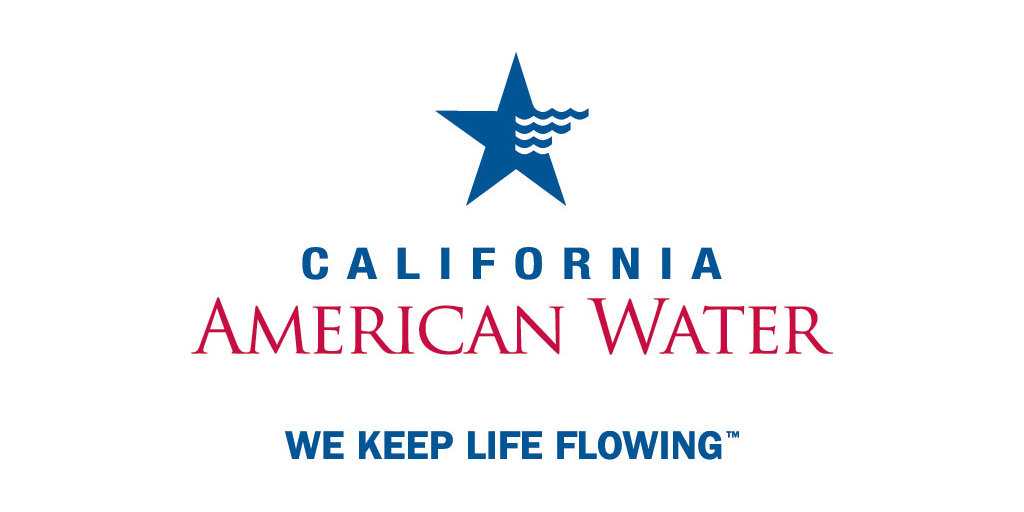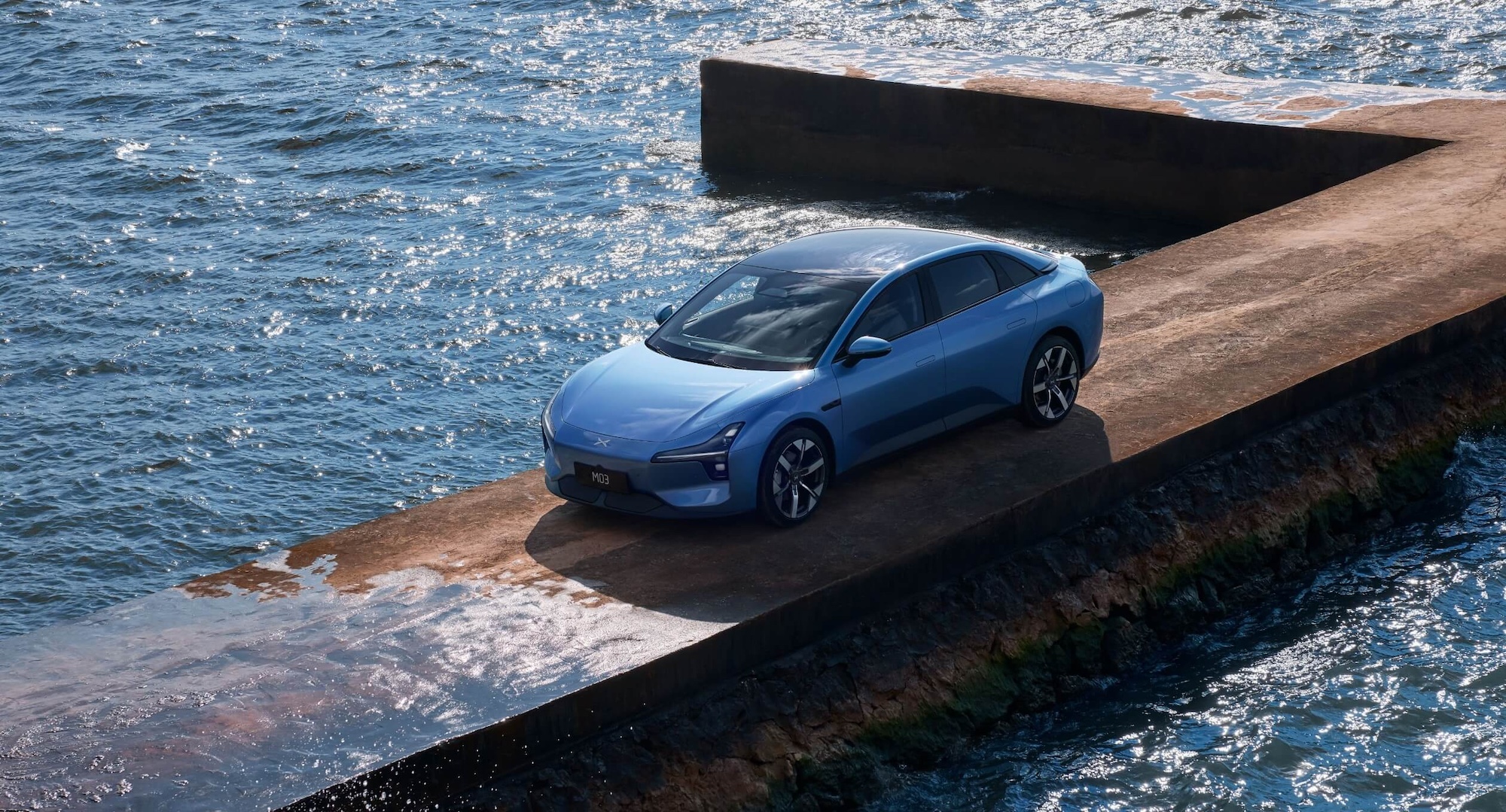Sign up for daily news updates from CleanTechnica on email. Or follow us on Google News!
Tesla’s real world challenges have already had an impact on its success. The question is, How much will current events, such as Thursday’s 2024 Annual Stockholder Meeting, affect Tesla’s future stability and viability?
The Annual Meeting will be held at Tesla’s Austin headquarters. The company expects to accommodate only a limited number of stockholders in-person, and these onsite attendees are surely in for a spectacle. The zeitgeist in the run-up to the meeting caused Tesla shares to rise from Tuesday’s low of $167 to $190 on Thursday, although it is trading at about $184 at this writing. The volatility is likely due to the myriad number of media stories about expected shareholder voting expectations.
Musk brings a whole lotta controversy to his position as Tesla CEO. His baggage has made the company’s stock price largely stagnant until this week. From its design release, the Cybertruck was too sci-fi for many Tesla fanbois, who felt that the company should have leaned toward a traditional electric pickup truck. The highly anticipated Semi rollout has been so slow as to dampen interest in it altogether. The sporty refurbished Roadster seems to be forgotten, among other of Musk’s broken promises.
Then there is the constant SEC monitoring. New lawsuits against Tesla — especially regarding “full self-driving” — seem to spring up every week. Accusations of Musk’s insider trading are supported by board insularity and relative nepotism. His politics have gone wild, way afield of the original “accelerating the advent of sustainable energy” mantra.
Without an inexpensive model for the masses, a wider product line, or mid-generation refreshes, Tesla’s future seems mediocre. Here’s a deeper dive into some of the issues plaguing Tesla in the run-up to the Stockholder Meeting.
Musk’s Pay Package Leaves Major Investors with a Sour Taste: Unlike conventional packages, CEO Musk’s $56 billion package did not include a salary or cash bonus. Instead, it set rewards based on Tesla’s market value rising to as much as $650 billion over the next 10 years from 2018. As a guest essay in the New York Times recently summarized, Musk’s performance was not outlined to make high-quality cars, affordable cars, or cars at scale — the performance was for pushing Tesla’s stock price up.
Several large investors have announced they will vote against Musk’s pay package.
- Norges Bank Investment Management, which manages Norway’s oil wealth and is the largest sovereign wealth fund, said last week that it had voted against the deal. “We remain concerned about the total size of the award.”
- California Public Employees’ Retirement System, or CalPERS, the largest pension fund in the US, is also refusing to endorse the pay deal with Musk.
- Brad Lander, the New York City comptroller, has also pushed back against the Tesla board’s support of Musk’s enormous pay package. “When billionaires are allowed to flout the rules, normal people suffer,” Lander said last week during a webinar.
A number of investment firms have raised concerns for shareholders about senior leadership at the company, urging shareholders to vote against Musk’s 2018 option award. A Delaware judge vetoed Musk’s pay package 3 months ago, writing in her opinion that Tesla directors hadn’t looked out for the best interests of investors — the judge criticized Musk’s “extensive ties” with Tesla board members. This is the body that is supposed to monitor and guide the CEO toward programmatic mechanisms, for creating the conditions for a concrete roadmap that starts with the end in mind, and adopts a data-driven approach to measuring, monitoring, and keeping the operating model transformation on track.
On the other hand, a SEC filing early Thursday chronicled a series of tweets on X that supported Musk’s proposed pay package. Musk said late on Wednesday that shareholders were voting by wide margins to approve the pay package.
Reduction of Tesla Supercharger Expansion Questioned: The transition to cloud-based infrastructure in the automotive industry required breaking down resistance to technological innovation. Tesla turned this specific objection into a non-issue with its Supercharger network. At the time of the company’s unveiling, limited EV range and a lack of charging options were considerable major obstacles. Tesla eliminated these complaints by making charging fast and nearly ubiquitous.
Tesla Superchargers make up 60%+ of US high-speed charging ports, and their reliability has been a significant factor in Tesla’s top electric EV sales numbers. Tesla is one of the larger customers for utilities around the country, and, in support of the Supercharger success, the feds have provided Tesla $5 billion in funding for new chargers. Could the status of that federal endowment be in jeopardy with the Supercharger reduction in force?
The Tesla Effect on the Used EV Market: Stephanie Valdez Streaty, director of Industry Insights at Cox Automotive, states, “The average transaction price for a new EV decreased by 9% in Q1 (2024) compared to Q1 2023 and dropped 3.8% quarter over quarter.” But Tesla posted larger-than-average average transaction price (ATP) increases month over month in April, with a gain of 5.7% compared to March.
Tesla owns 51% of the EV market, according to Kelley Blue Book, so when it makes a move, other automakers follow. That downward pressure has affected the cost of used electric vehicles, with sticker prices falling by around 10% since last year. Tesla has shown preliminary data indicating that its Model 3 and Y have degraded less than 10% after 100,000 miles and 15% after 200,000 miles. The level for replacement for Tesla is around 70%.
ARK’s Long Term Vision for Tesla Continues to Be Grand
Many bears view Tesla as no more than an overvalued auto manufacturer, and EV sales account for the large majority of Tesla’s revenue in 2024. However, the company is making notable strides across green energy and artificial intelligence (AI). In fact, ARK’s updated open-source Tesla model yields an expected value of $2,600 per share in 2029. The bull and bear cases, tuned to the 75th and 25th percentile Monte Carlo outcomes, respectively, are approximately $3,100 and $2,000 per share. The investment firm continues to stand by its belief that Tesla will launch a robotaxi service within the next two years, and that the probability Tesla fails to launch a robotaxi service within 5 years is “di minimis.”
ARK estimates that nearly 90% of Tesla’s enterprise value and earnings will be attributed to the robotaxi business in 2029. Meanwhile, electric vehicles could approximate a quarter of total sales and ~10% of Tesla’s earnings potential, as ARK believes the robotaxi business will have much higher margins. While unlikely, ARK allows that, if Tesla were to eliminate the possibility of a robotaxi network from their model, their price target would be ~$350. They note that, in cases where robotaxis do not launch, Tesla could launch a human-driven ride-hail service for both strategic and tactical reasons.
Then again, JPMorgan’s Ryan Brinkman said in a note to clients on Tuesday, “We expect Tesla to show a robotaxi concept on August 8 and perhaps an accompanying app, and to reveal more about its expected business model. But we do not expect material revenue generation likely for years to come.”
Final Thoughts about Tesla’s Future
Elon Musk has had many successes: granted. Tesla has had an outsized influence on vehicle electrification, charging infrastructure, and plug design.
Tesla is not the only company enamored of autonomous driving. Alphabet and GM are both investing heavily in self-driving technology as well. Tesla’s autonomous driving software, full self driving (FSD), has collected over 1.3 billion miles of driver data — more than any other competing platform. If viable, FSR could be licensed to other car companies that do not want to invest in developing their own autonomous driving platform.
The relatively high margins of the energy storage business could unlock some lucrative growth for Tesla as the company combats a particularly challenging EV market right now.
One mesmerizing Tesla application is humanoid robots, trained through generative AI, to perform basic tasks currently done by humans. The Tesla Optimus bot could be “in limited production in the natural factory itself, doing useful tasks before the end of this year.” Moreover, Musk believes “we may be able to sell it externally by the end of next year.” At scale, integrating humanoid robots into settings such as manufacturing, warehousing, and logistics could lead to widespread efficiencies across the labor market, according to Motley Fool.
Have a tip for CleanTechnica? Want to advertise? Want to suggest a guest for our CleanTech Talk podcast? Contact us here.
Latest CleanTechnica.TV Videos
CleanTechnica uses affiliate links. See our policy here.





